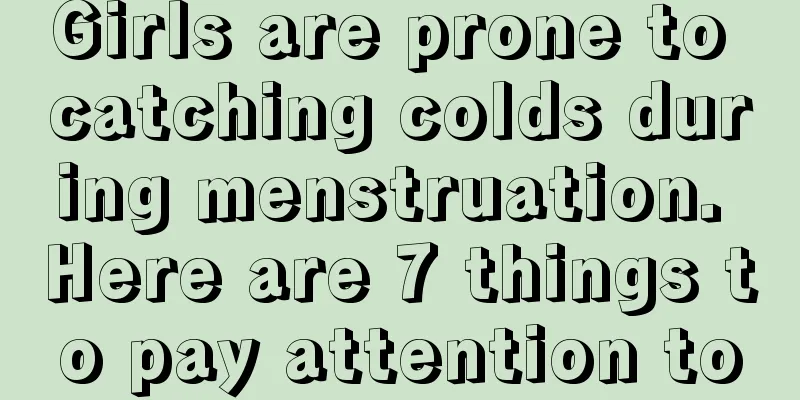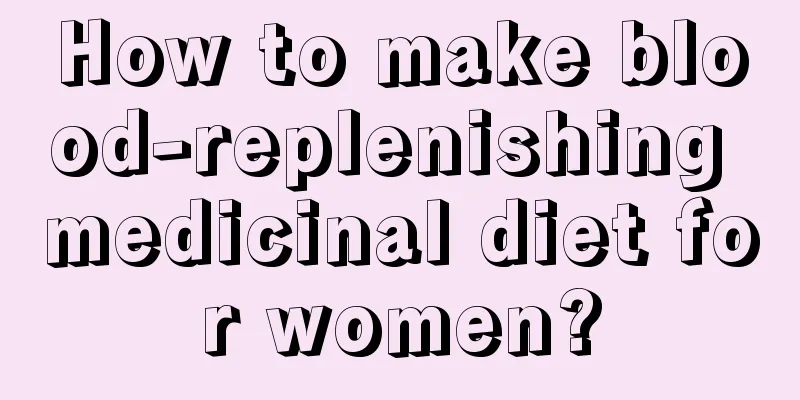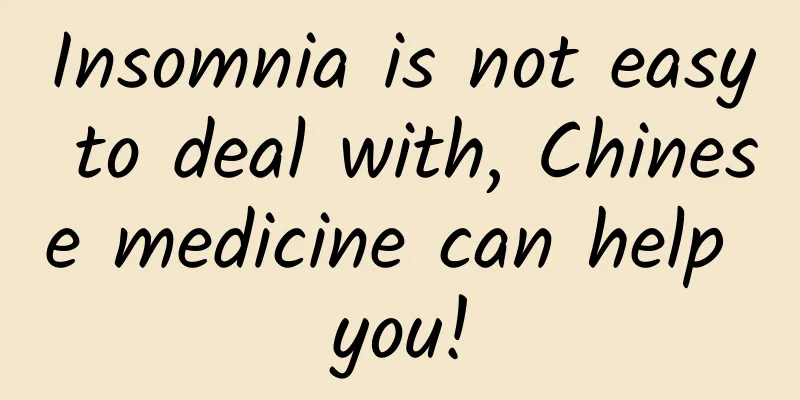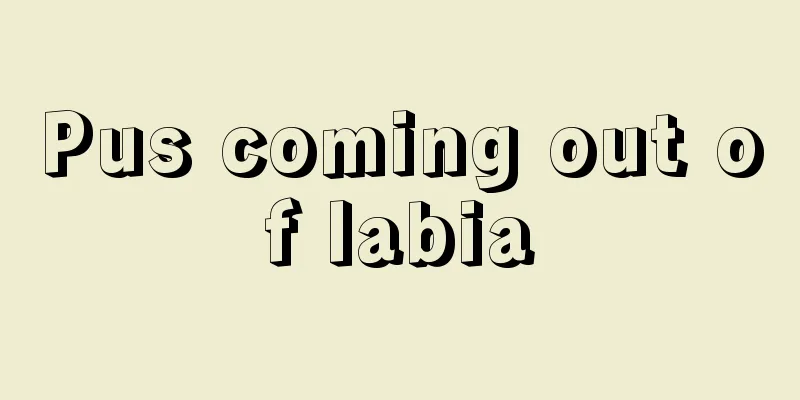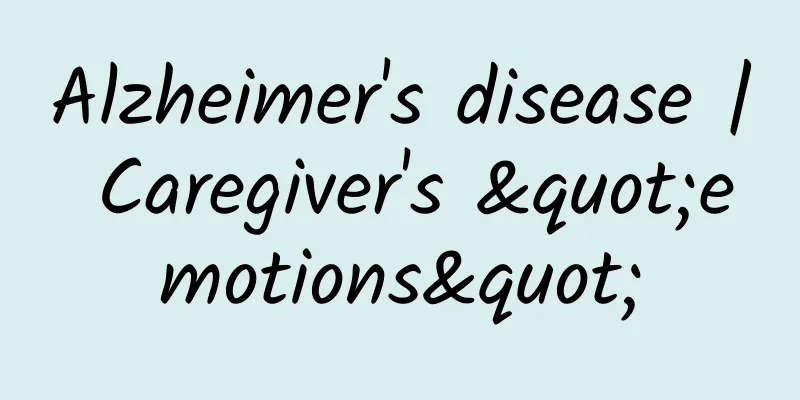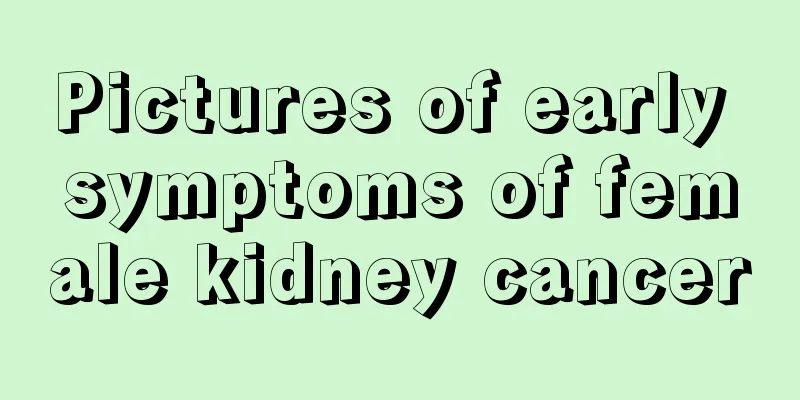Does mastitis affect breastfeeding?

|
Many mothers often find themselves suffering from some diseases when they are breastfeeding their children, such as mastitis. Many mothers who are breastfeeding their children will suffer from this disease. There are reasons for this, such as milk backlog, children not eating, improper care, infection and other reasons can cause mothers to suffer from mastitis. However, mothers are very worried when they suffer from the disease at this time, worried that their children can't breastfeed. So does mastitis affect breastfeeding? Of course, many mothers infected with mastitis will experience unbearable pain. New mothers are also afraid that mastitis will affect the health of breast milk, so they are naturally concerned about whether they can breastfeed with mastitis. In fact, for new mothers, they should be able to breastfeed normally. When a nursing mother experiences warmth, swelling, or pain in one breast or part of a breast, she may have mastitis. Mastitis generally does not cause milk infection, so you can continue breastfeeding. If you stop breastfeeding, mastitis may worsen and increase the pain. When the mother is unwilling to breastfeed with the affected side due to unbearable breast pain, she can feed the healthy breast first, open the bra on the affected side, let some milk flow out to relieve pressure, and then feed the affected breast. If a breast abscess occurs and an incision and drainage is performed, breastfeeding can continue as long as the drainage tube is far away from the areola and does not affect breastfeeding. You can also temporarily wean the affected breast, express the milk and discard it, and then resume breastfeeding after the breast abscess heals. Puerperal mastitis often occurs after the first delivery and is divided into the following two types according to the development of the disease: stasis mastitis and suppurative mastitis. Symptoms of mastitis: breast swelling, pain, tenderness of lumps, redness and swelling on the surface, and fever; if the disease continues to develop, the symptoms will worsen and the breast will have throbbing pain. In severe cases, there is a high fever, chills, obvious breast swelling and pain, local skin redness and swelling, nodules, tenderness, and enlarged and tender lymph nodes under the affected side. The inflammation softens within a few days, forming breast swelling, fluctuation, abscesses, etc. Can you breastfeed if you have mastitis: You can take self-care measures such as hot compresses and massages. Going to the hospital for treatment usually cures the disease in about a week. Since mastitis only infects breast tissue and has nothing to do with breast milk, it will not be transmitted to the baby and you can continue breastfeeding. If the mastitis is not serious and it is not painful to feed the baby, then the baby can be breastfed. And patients with mastitis should let the baby suck more after suffering from the disease. This is beneficial for the treatment of mastitis. Mothers should not be anxious after suffering from mastitis. If they are anxious, they will blindly take medicine to treat themselves. They cannot take medicine indiscriminately when breastfeeding their children. |
<<: What to do if breast hyperplasia occurs during lactation
>>: What is physical therapy for mastitis?
Recommend
What to do if a pregnant woman has dry and flaky face
In autumn and winter and when the seasons change,...
What is the cause of a small pimple on the cervix?
Whether the cervix is healthy is closely relate...
Gynecological ozone therapy device
Gynecological active oxygen cleaning therapy devi...
Why is the rock sugar orange so small? Is the rock sugar orange an orange?
Did you know that the sugar orange we usually lik...
Does being infected with human papillomavirus mean that you will definitely get cervical cancer?
Author: Sun Xiaoguang, Chief Physician, Peking Un...
Breast tumor grades
In other words, invasive breast cancer means that...
How to review fungal vaginitis?
Candidal vaginitis is a common vaginitis. There a...
How to help expel the gestational sac
Many times, due to the lack of long-term contrace...
What are the symptoms of low estradiol?
Estradiol is a type of estrogen. If it is too low...
Demonstration picture of sleeping on the left side during pregnancy
The sleeping position needs to be changed after p...
Special planning of the “Health from Food” series | Are health foods medicines?
When it comes to health foods, many people have t...
How long does it take to get rid of an unwanted pregnancy?
Every child that appears in a woman's belly i...
Can carotid artery plaques really be reversed? To reverse plaques, certain conditions must be met
A friend asked Huazi that she had been taking sta...
What to do if you eat spicy food during breastfeeding
People go through different periods in their live...
What to eat during ovulation to enlarge breasts?
Studies have found that peanuts contain polyunsat...




